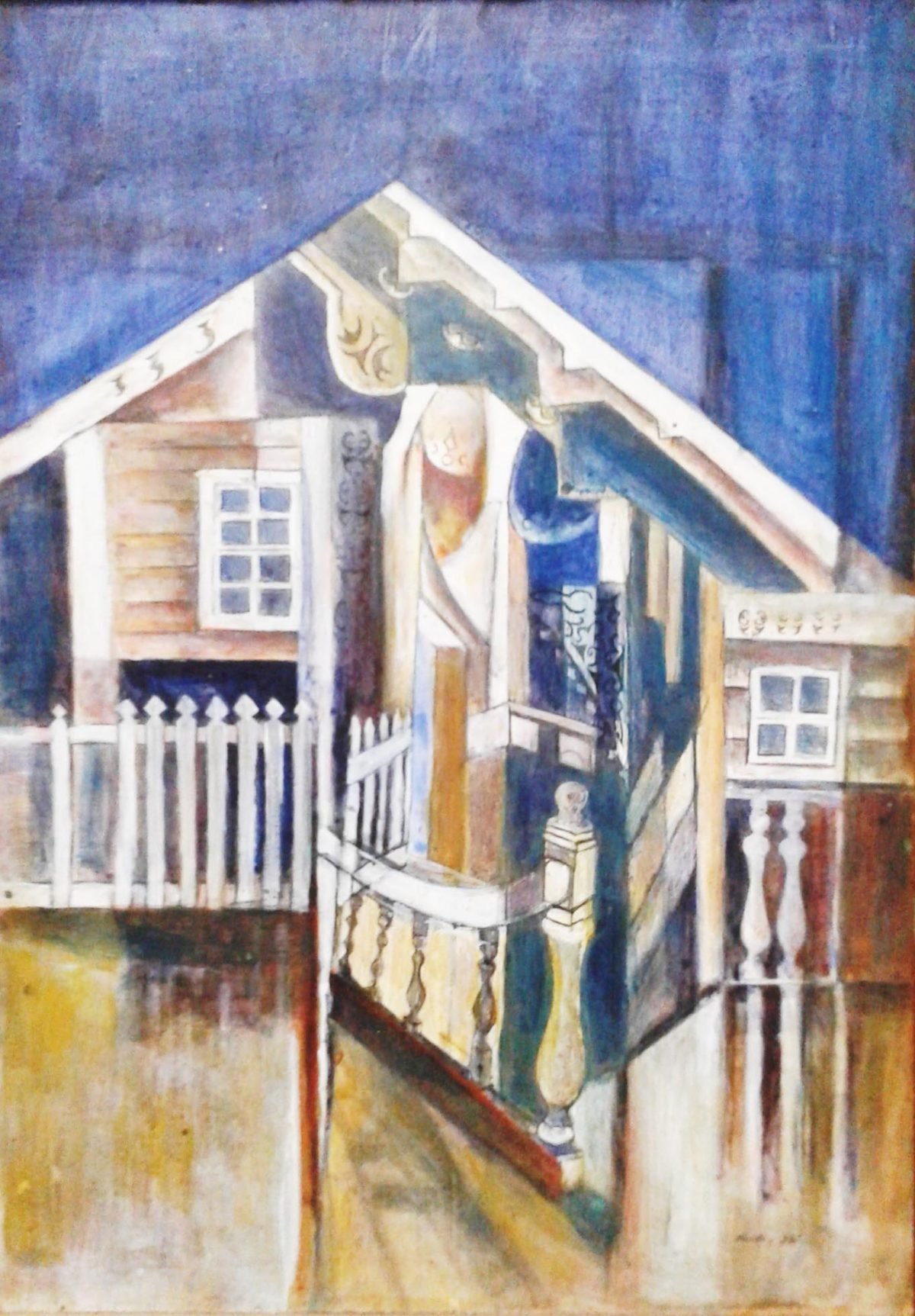 When I began this weekly column last October, the discussions focused on the elements of art and the principles of design. My goal was to introduce the basic ingredients needed to make art. These are the very tools – if you will – to understanding art. As a consequence, I introduced the essential building blocks of a formal analysis of a work of art – one of the ways of critically analysing a work of art. I tried to show that by looking at how the elements of colour, line, shape/form, texture, space, and light are used, one can gain insight into a work of art and maybe gain an appreciation of it. The same is possible when considering the principles of design – balance, emphasis, scale and proportion, repetition and rhythm, unity and variety, and contrast. By the end of the ten weeks of these discussions, it should have been evident that a conversation with the artist is not necessary to have a relationship with a work of art. Therefore, there is no need to seek out the artist to have him or her tell you about the work. Also, there is no need for you to feel lost or confused if the artist is not present to tell you about the work. In fact, you may have more insight into the work than the artist. It happens.
When I began this weekly column last October, the discussions focused on the elements of art and the principles of design. My goal was to introduce the basic ingredients needed to make art. These are the very tools – if you will – to understanding art. As a consequence, I introduced the essential building blocks of a formal analysis of a work of art – one of the ways of critically analysing a work of art. I tried to show that by looking at how the elements of colour, line, shape/form, texture, space, and light are used, one can gain insight into a work of art and maybe gain an appreciation of it. The same is possible when considering the principles of design – balance, emphasis, scale and proportion, repetition and rhythm, unity and variety, and contrast. By the end of the ten weeks of these discussions, it should have been evident that a conversation with the artist is not necessary to have a relationship with a work of art. Therefore, there is no need to seek out the artist to have him or her tell you about the work. Also, there is no need for you to feel lost or confused if the artist is not present to tell you about the work. In fact, you may have more insight into the work than the artist. It happens.

